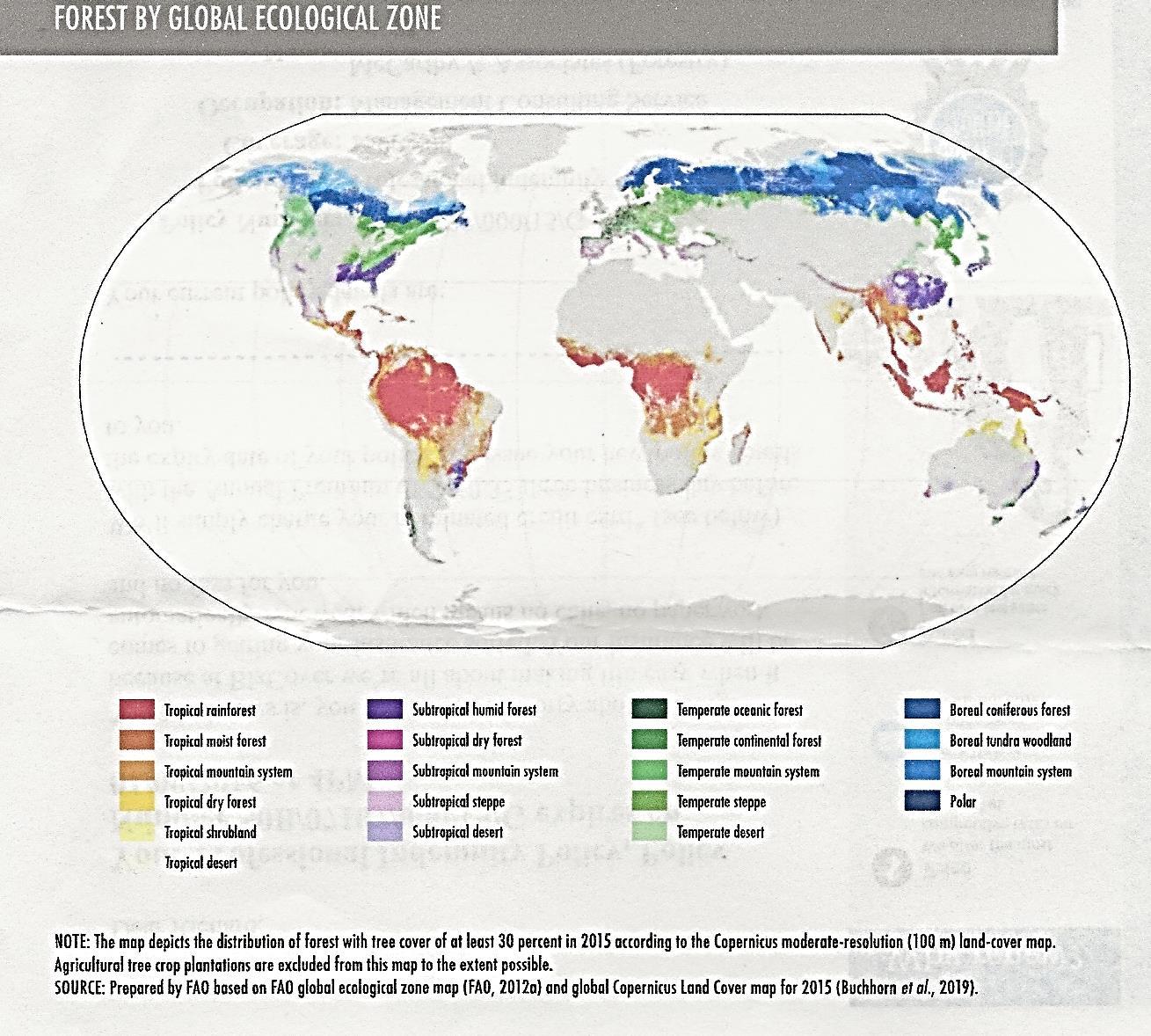
3 minute read
The Use of Forested Lands
The Use of Forested Lands
FAO defines a forest as land spanning more than 0.5 hectares (1.2 acres) with trees higher than 5 metres and a canopy cover of more than 10 percent, or trees able to reach these thresholds in situ. It does not include land that is predominantly under agriculture or urban land use.
Advertisement
Any area of land which supports forest can be used in two ways:
• As a source of various products obtained from the forest itself. • Or the forest can be destroyed to enable it’s site to be used for a variety of other purposes.
3
Forests are described above by climatic domain and ecological zone. Worldwide, there are five major climatic domains - boreal, polar, temperate, subtropical and tropical.
3 Source - FAO The State of the World’s Forests 2020.
5
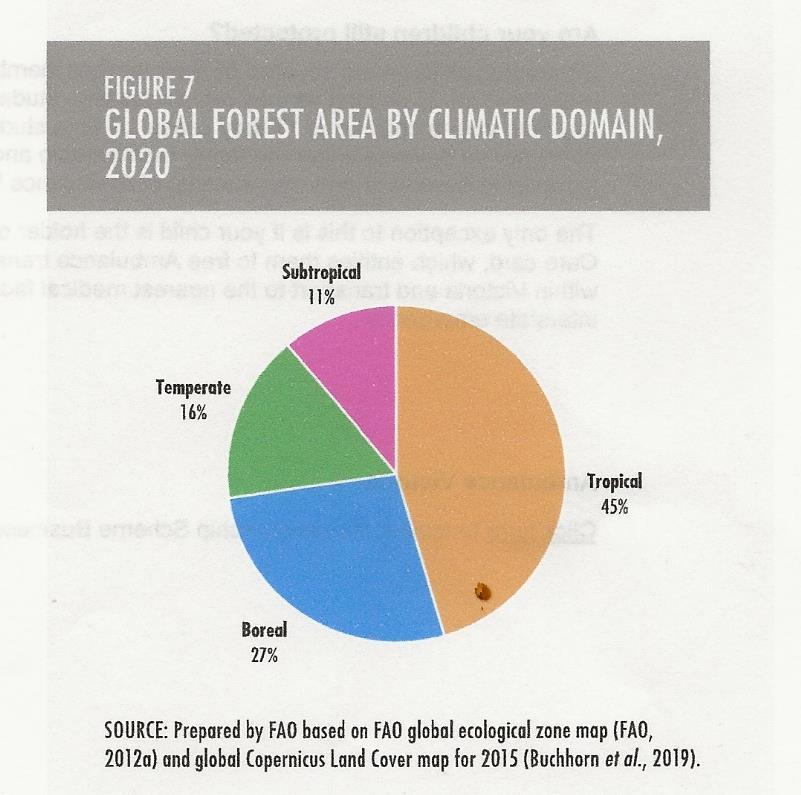
Of the global forested lands,
(45 %) is found in the tropics, followed by the boreal, temperate, and subtropical domains.
Source. FAO The State of the World’s Forests 2020.
To Early Man, the forest provided:
• Shelter from their enemies. • A source of food as plant products and game. • Timber for shelter and transport • Fuel wood for heating and cooking.
With the changes in lifestyle from a food gatherer to a food raiser with agricultural knowledge, forest sites took on a new significance. They occupied sites which were required for the growing of crops for food and subsequently for cash. This meant the forests had to be destroyed.
At the same time, the use of agriculture enabled Man to live a more settled existence. This resulted in new uses being found for timber as a construction material and as a source of fuel for heating.
Eventually there became the realisation that whilst agriculture supplied the staple ingredients of Man’s existence, forests were necessary if Man were to maintain a civilised standard of living. This realisation became more acute as populations increased and more and more forest area was destroyed.
In the majority of tropical rainforest regions of the world, this growth of popluation has been a relatively recent affair. Previously tropical diseases had caused many people to die, which prevented much of the rainforest from being cleared.
6
With the control of many of these tropical diseases during the last century, coupled with introduction of more stable government, populations increased rapidly. Now the question of proper land utilisation and the desirable proportion of land to be retained as forest become matters of very grave political significance.
The rising population levels have resulted in further appreciation of the need for retaining certain areas under forest, not only for their direct value of supplying the obvious products derived from the forest plants but also from indirect, and in some cases more important benefits which forest provide. These include:
• Protection of watersheds and the regulation of stream flow. • The conservation of unique plants and animals as part of a nation’s heritage. • The provison of recreation and scenic areas. • Wilderness areas.
There are three major uses of forested land, though those uses are not necessarily mutually exclusive.
• The management of the area under forest for the direct benefits which it provides in the way of major and minor plant products. • The retention of areas under forest for its various indirect benefits. • The conversion of the area away from forest cover to some other form of land use, usually though not invariably, associated with growing of plants for food for cash or growing plants to nuture grazing animals which are then onsold for cash.
7
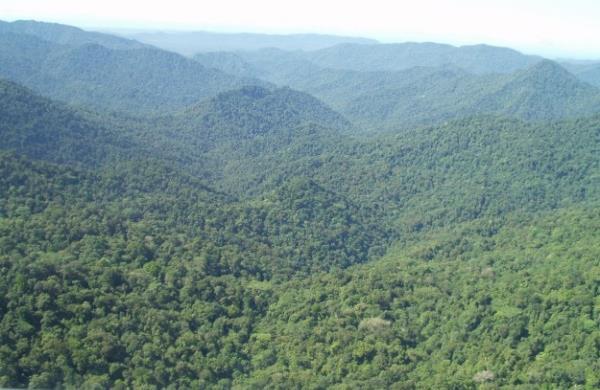
PNG Forested Lands as at 19724 Dept of Forests PNG
Locality Area in hectares Total land mass 46886000 Tree cover 40000000 Commercially accessible forest 13000000
Inland Rainforest Cloudy Bay TA.
Photo credit Dick McCarthy 2005.
Block 6 Vanimo TA landscape.
Photo credit Ian Whyte 1974.
Open Bay TA New Britain landscape.
Photo credit Ian Whyte 1974.
Gogol Valley Gogol TA.
Photo credit Ian Whyte 1974.
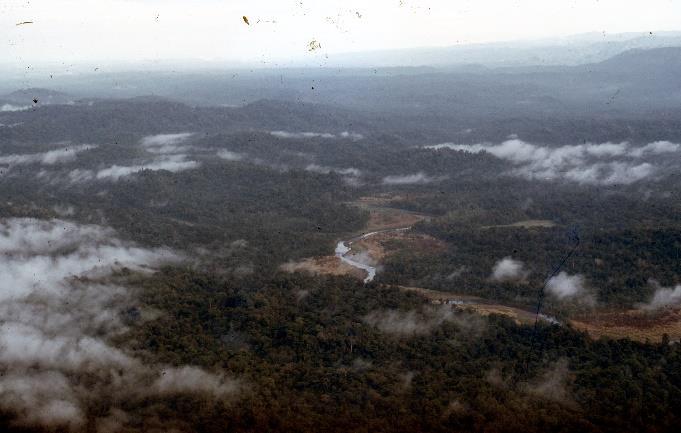
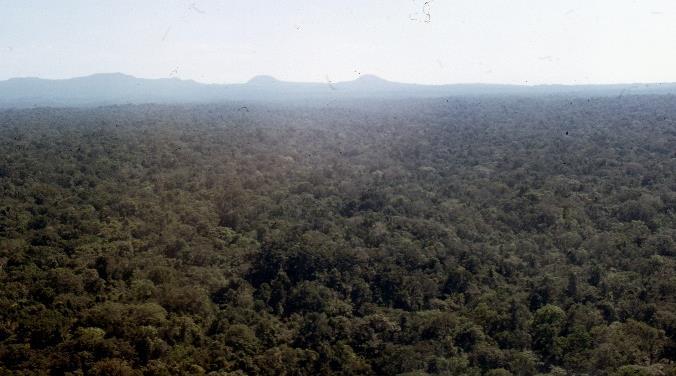
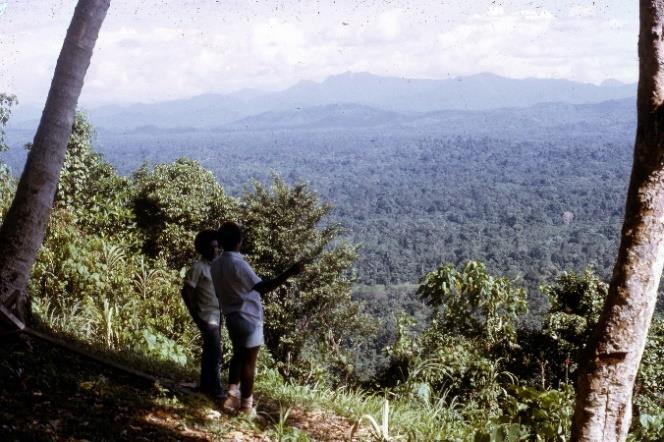
4 New Horizons – Forestry in Papua New Guinea a Dept of Forests Publication 1973 Jacaranda Press. 8

